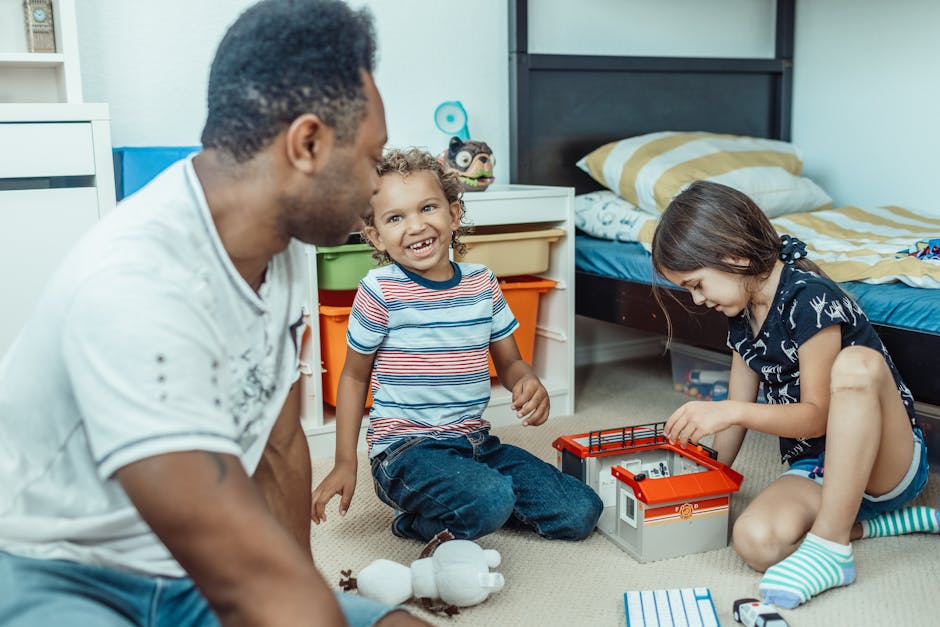Choosing the right toys and games for kids can feel overwhelming. There are so many options available, from simple building blocks to complex video games. How do you know what's appropriate, engaging, and actually beneficial for a child's development? This post will offer some helpful tips to navigate the world of toys and make informed choices.
One of the first things to consider is the child's age. Toys are often designed with specific age ranges in mind, taking into account developmental milestones and safety concerns. A toy suitable for a toddler might not be challenging enough for a preschooler, and vice-versa. Pay attention to age recommendations on packaging and consider the child's individual abilities and interests.
Another important factor is the child's play style. Some children prefer quiet, solitary activities like puzzles or drawing, while others thrive in active, social play. Observe the child's preferences and choose toys that align with their natural inclinations. This will ensure that the toy is not only age-appropriate but also enjoyable and engaging for the child.
Think about the educational value of the toy. Play is a crucial part of a child's learning process. Look for toys that encourage problem-solving, creativity, and critical thinking. Building blocks, puzzles, and art supplies are great examples of toys that can foster these skills. Even seemingly simple toys can offer opportunities for learning and growth.
Consider the toy's durability and safety. Children can be rough on their toys, so it's important to choose items that are well-made and can withstand some wear and tear. Check for any small parts that could pose a choking hazard, especially for younger children. Safety should always be a top priority when selecting toys.
Don't forget about the fun factor! Toys should be enjoyable for children to play with. While educational value is important, it's equally important that the toy sparks joy and encourages imaginative play. A toy that a child finds boring will likely end up collecting dust on a shelf.
Finally, remember that less can be more. A child doesn't need a mountain of toys to be happy and engaged. A smaller collection of carefully chosen, high-quality toys can be more beneficial than a large assortment of cheap, flimsy toys. Focus on quality over quantity.
By considering these factors, you can choose toys and games that are not only fun but also contribute to a child's development and well-being. Play is an essential part of childhood, and the right toys can make all the difference.
